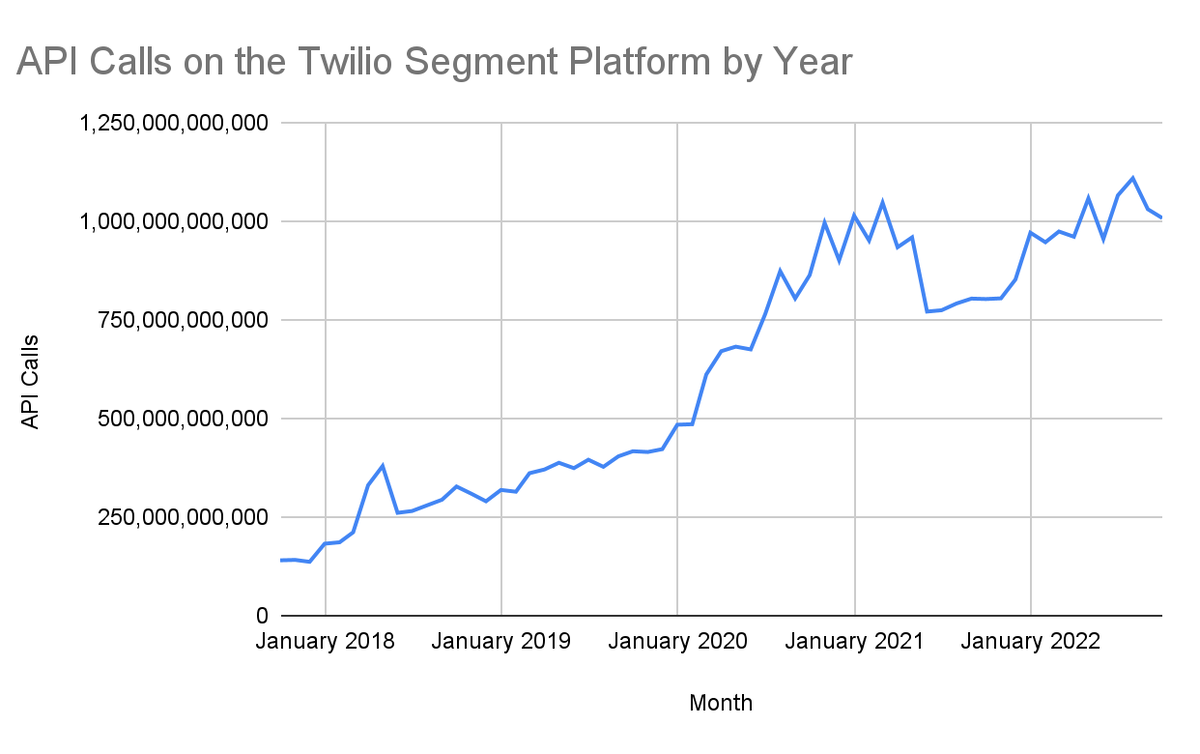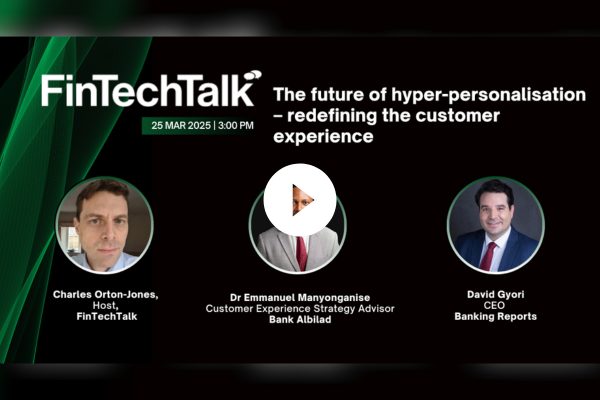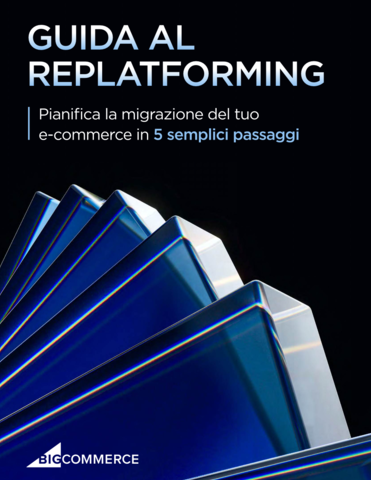Getting a handle on your customer data: can you afford to wait?
Sponsored by TwilioKatrina Wong, VP of Marketing at Twilio Segment, explains why the time is now to invest in your customer data infrastructure

In recent years, there’s been a cross-industry consensus that "data is the new capital”. It’s a prerequisite for personalisation, product development, machine learning – the list goes on.
And as the world continues to embrace our new digital-first era – at breakneck speed, in part, due to Covid-19 – the sheer amount of data being created has skyrocketed.

More data should be a boon for businesses, right? Well, sort of.
Today, the average business uses well over 100 software apps, which means data is often trapped in team-specific silos. In fact, a recent Forrester survey found that fragmentation was the top challenge companies faced when trying to leverage their customer data for sales and marketing efforts.
This has made customer data platforms the new necessity in your tech stack. As businesses make a concerted effort to become more customer-centric, there needs to be a scalable data infrastructure in place that can not only collect data reliably, but stitch together data points into a complete customer profile, and activate this downstream in marketing and sales tools.
But with economic circumstances uncertain, and technology budgets under pressure, many businesses are deciding to delay investing in their customer data infrastructure and rely on a homegrown solution instead.
While this approach has some benefits (such as control and a customisable feature set), it comes with a catch: time-to-value, total cost of ownership (TCO), and capability trade-offs. Building and maintaining an in-house data platform is an ongoing project that requires a large investment of time and resources.
Starting out, many companies believe they have the capability in-house to build an ID graph for identity resolution, or a system that scales and enables real-time data delivery (as just two examples). But this type of work is both complex and costly. While the first iteration of a data platform may seem easy, it’s just the beginning of the journey to a viable solution for the business – and many soon realise they’re out of their depth.
Businesses need to ask themselves:
● Can we afford to wait while engineers ramp up an in-house platform?
● Will ongoing maintenance distract engineers from working on our core differentiators? (What’s the opportunity cost? What happens when something breaks?)
● Will building in-house slow down decision-making? (As systems get larger, and more complex, so do the teams working on them, which can be difficult to co-ordinate.)
This was the situation that one Twilio Segment customer, a leading fintech provider, found itself in.
The fast-growing fintech business found that working with Twilio Segment could lessen the burden on engineers during its high-growth stage. This led to threefold cost savings by leveraging Segment’s platform instead of building in-house. Additionally, 25 per cent of the team’s engineering resources can now be preserved for building and innovating the core product instead of the ongoing upkeep required of a home-grown data system. “Rather than extracting data from multiple platforms, we now take an ‘integrate once, extract to anywhere’ approach,” said a representative. “This reduces the maintenance overhead of gathering data and ensures that quality exists further up the data stream.”
Remember that with complete control comes complete responsibility.
Maintaining ETL pipelines, setting up new integrations, complying with evolving privacy regulations, operating and hosting costs will all fall squarely on the shoulders of your engineering team when building a CDP in-house. It’s amazing how many companies think they’ve built a data platform but then realise key elements are lacking, such as the ability to comply with GDPR/CCPA or handle data deletion requests from users.
The economic horizon may still be uncertain, but perhaps it’s time to reframe the conversation around customer data infrastructure. It’s not a question of whether your business can afford it. It’s a question of whether you can afford to wait.
To take a more in-depth look into how customer data powers our daily lives, read The Customer Data Platform Report 2023

Business Reporter Team
Related Articles
Most Viewed
Winston House, 3rd Floor, Units 306-309, 2-4 Dollis Park, London, N3 1HF
23-29 Hendon Lane, London, N3 1RT
020 8349 4363
© 2025, Lyonsdown Limited. Business Reporter® is a registered trademark of Lyonsdown Ltd. VAT registration number: 830519543





